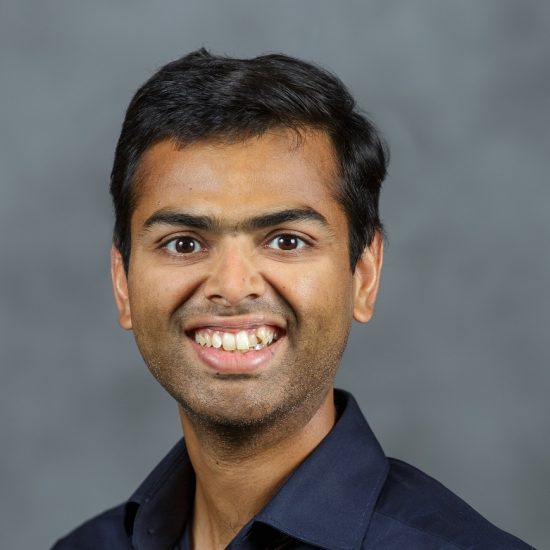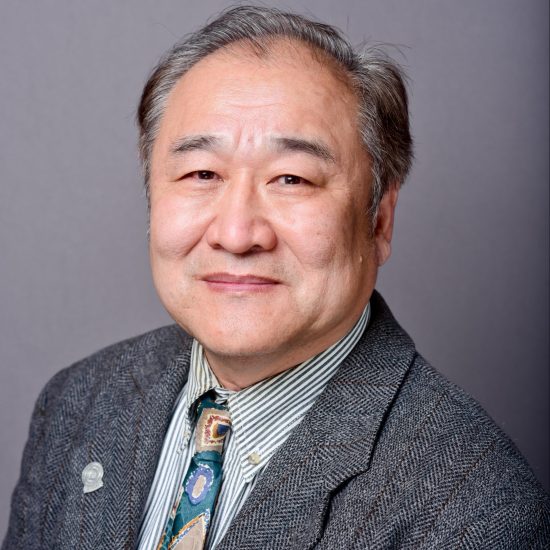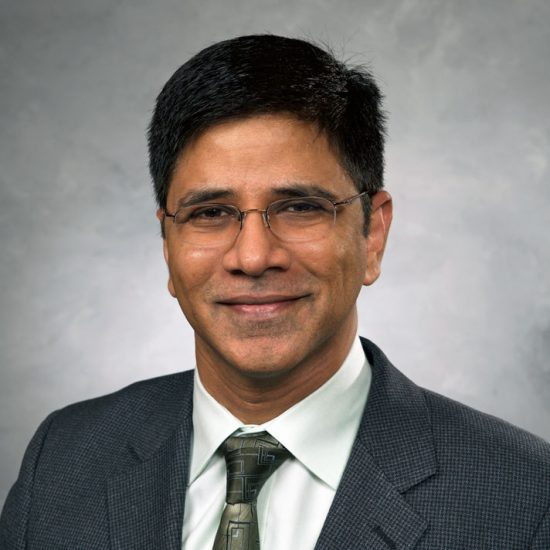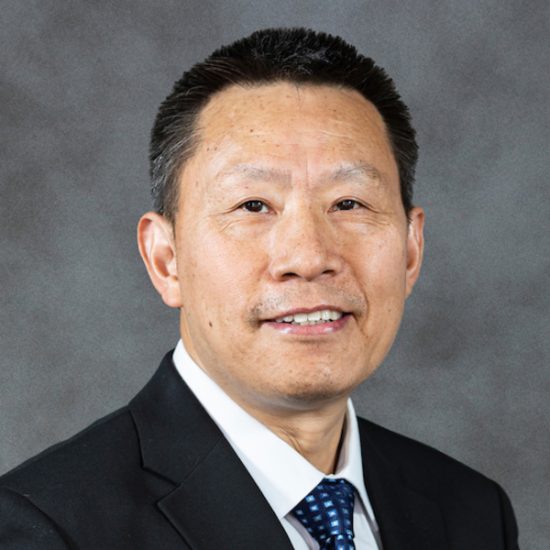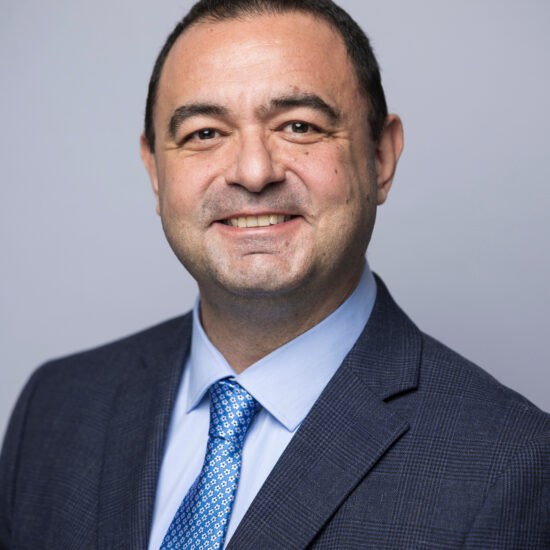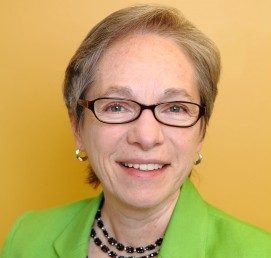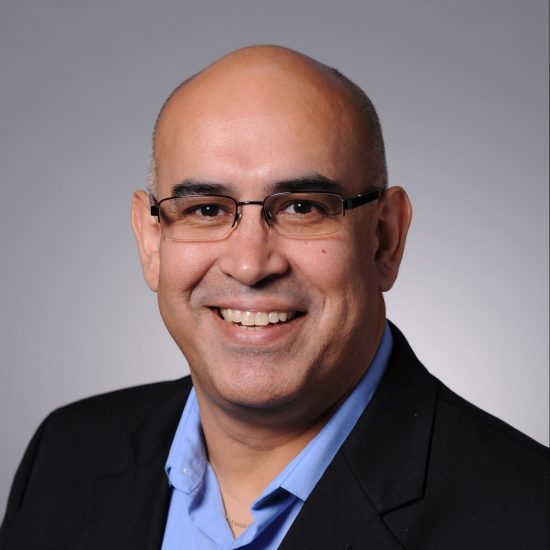Regenerative Sciences
Regenerative Science
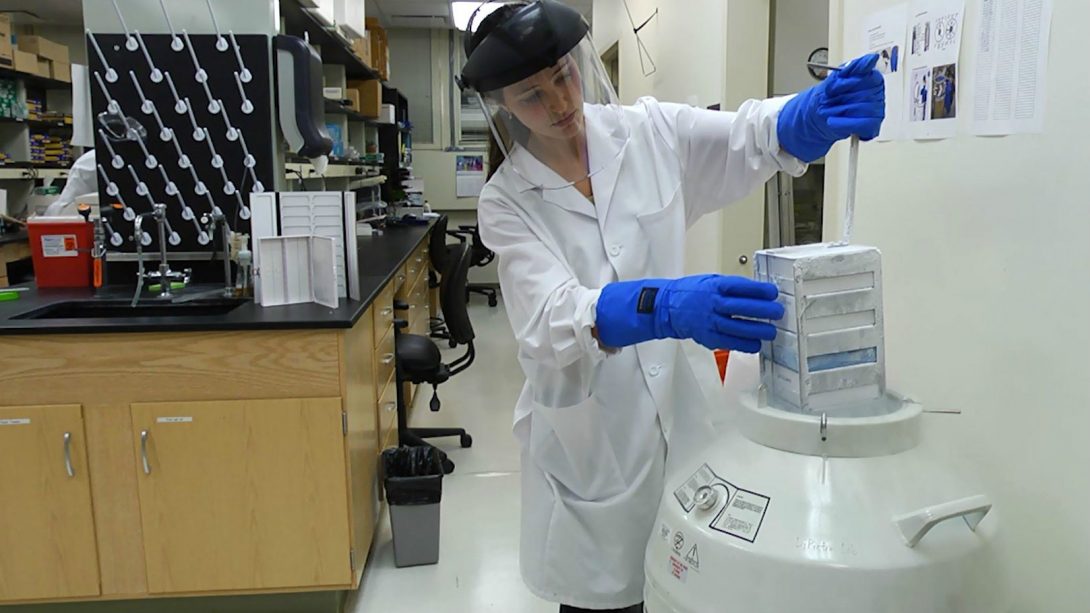
We are moving beyond tissue replacement, using materials to enable our bodies to regenerate damaged and failing tissues.
We are leading investigations into how materials interact with living tissues, and the building of tissue replacements for the growth of cells/tissues to replace lost tissues. The Center for Wound Healing and Tissue Regeneration (CWHTR) is a unique community of scientists and clinicians devoted to the study of injury, wound healing, and regeneration. The Laboratory of Applied Dental Biomaterials and Interfaces is a NIH funded center studying the properties of the tooth in order to develop reparative/regenerative biomaterials to replace lost tooth structure.
Research Areas
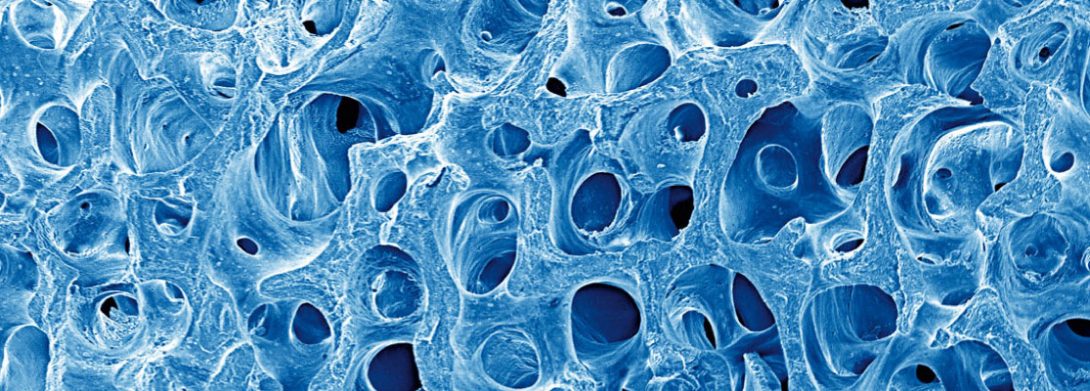
BIOMATERIALS
Investigating the mechanical and biochemical properties of teeth and the interface between biomaterials and the tooth structure. We have experts in this field using a biomimetic approach to study the use of agents that can strengthen the tooth and consequently improve the properties of the tooth and tooth-restoration interface. In addition, our laboratories investigate the effects of various biomaterials applied to the tooth and their potential effect on the tooth properties.
bio engineering
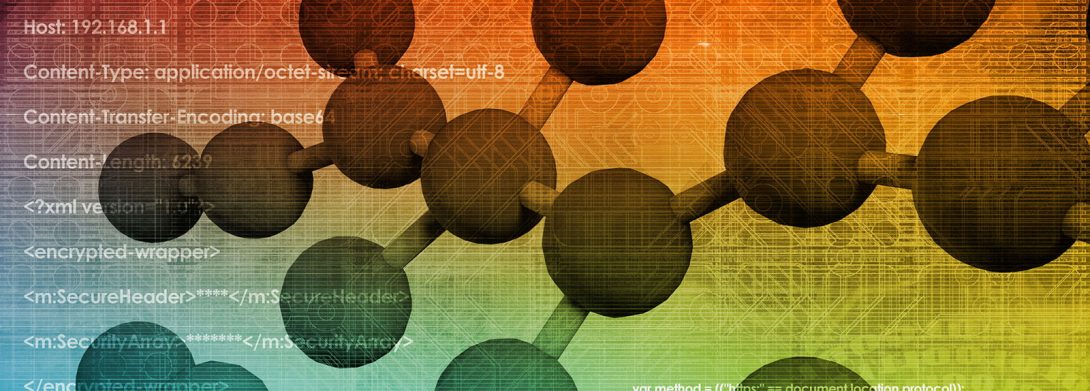
BIO-ENGINEERING
Research teams at UIC College of Dentistry are applying the discipline of bioengineering – quantitative analysis and design of systems that include living components – to a variety of oral health investigations, ranging from regenerative endodontic treatment/root canal therapy to the use of MicroRNA and odontogenic stem cells in the regeneration of periodontium, pulp, and bone.
implants
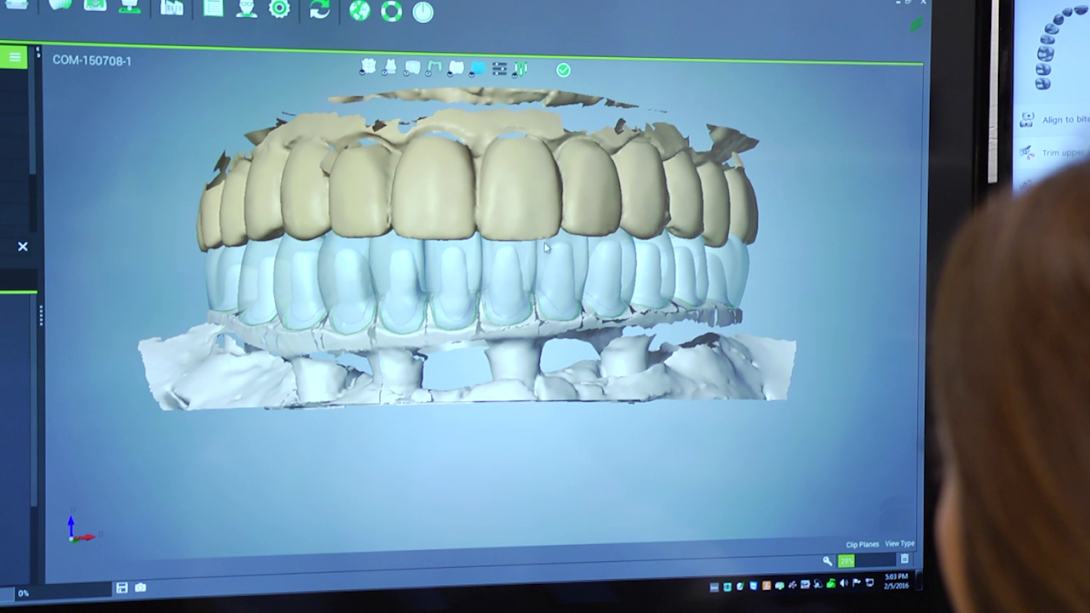
DENTAL IMPLANTS
Experts in implant dentistry at UIC College of Dentistry are integrating the latest technology, treatment planning and research methods to enhance the quality of patient lives, from replacing single teeth, to entire arches. The Department of Restorative Dentistry has extensive ongoing patient care research related to implant and prosthetic patient care, as well as esthetics. The Laboratory of Applied Dental Biomaterials and Interfaces is investigating the mechanical and biochemical properties of specific sites in the tooth, as well as the interface between biomaterials and tooth structures.
Immunology

IMMUNOLOGY
Immunology research focuses on the biology, transmission and pathogenesis of viruses and bacteria, as well as on the fundamental immune mechanisms that contribute to both health and disease. UIC College of Dentistry researchers study issues of autoimmunity, emerging pathogens, bacterial and viral pathogenesis, and molecular microbiology, as it relates to auto-immune and infectious diseases of the mouth, including oral cancer and early detection of cancerous and pre-cancerous lesions.
STEM CELL BIOLOGY
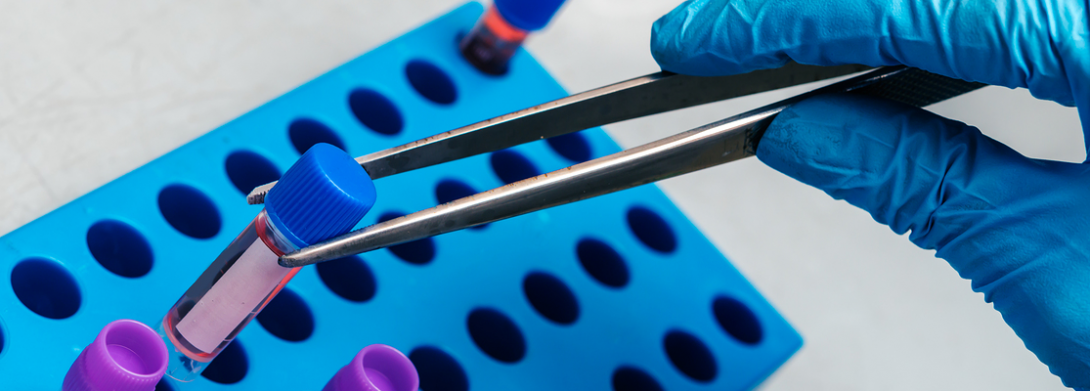
STEM CELL BIOLOGY
Our researchers are applying stem cell analysis to a variety of oral health investigations, ranging from regenerative endodontic treatment/root canal therapy to the use of MicroRNA and odontogenic stem cells in the regeneration of periodontium, pulp, and bone.
DIABETES
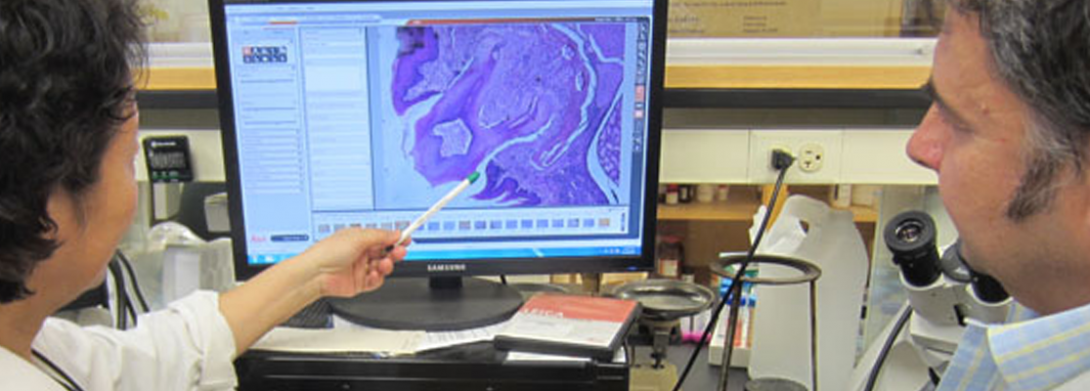
DIABETES
Wound Healing
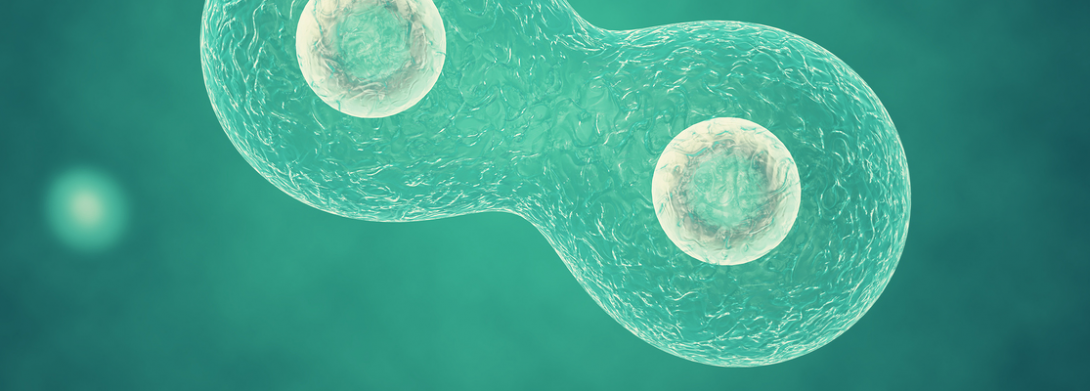
WOUND HEALING
Investigators in the Center for Wound Healing and Tissue Regeneration are studying how wounds heal, with the ultimate goal of developing therapies that will allow humans to regenerate perfect tissue after an injury. We combine the principles of tissue engineering and regeneration to develop biological constructs that are the basis of a future regenerative medicine. Our researchers are leading many studies that will aid tissue regeneration and ultimately reduce oral disease by strengthening teeth from the inside out.
